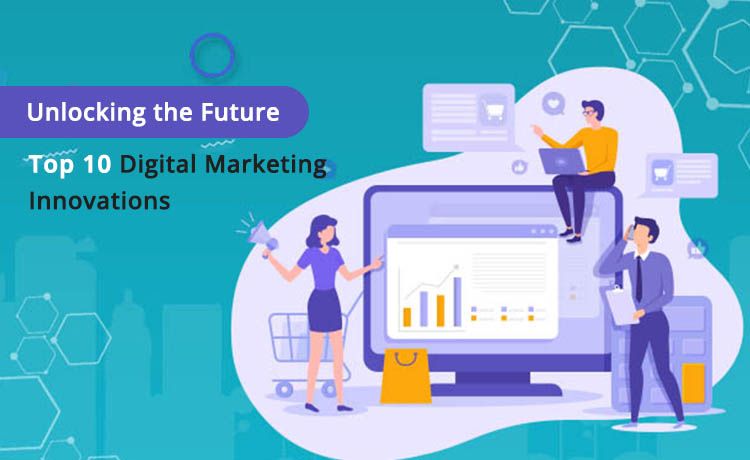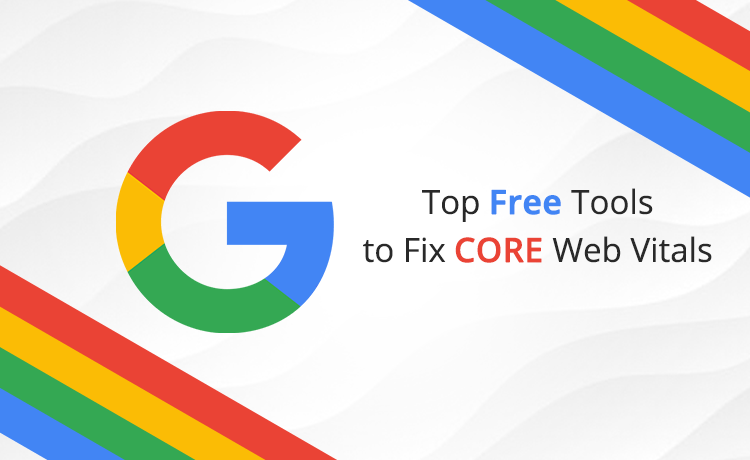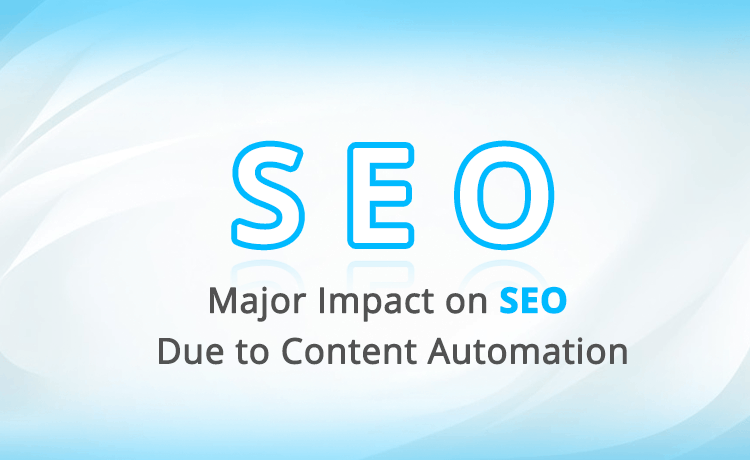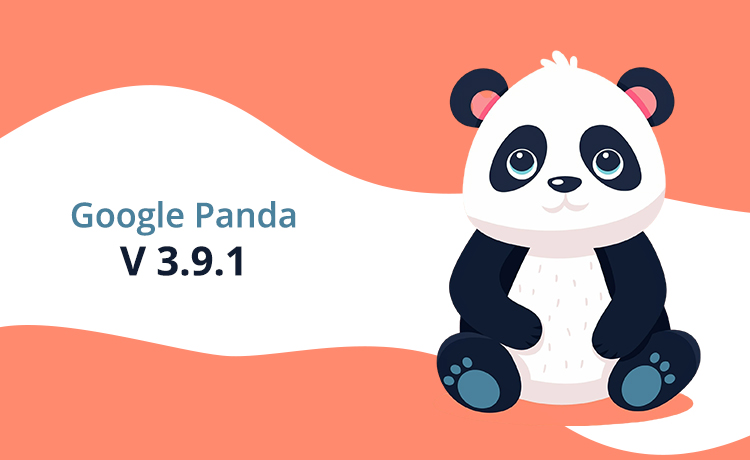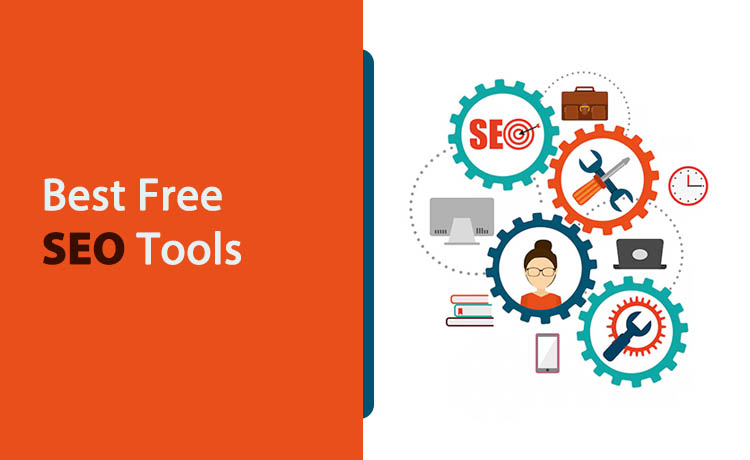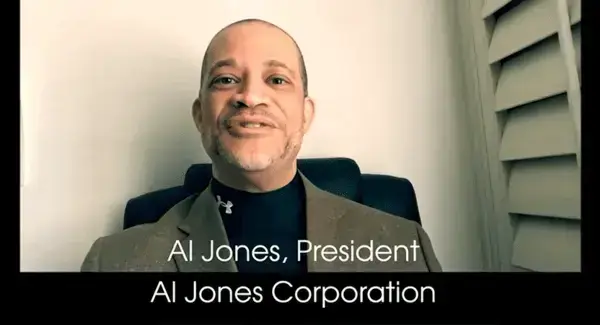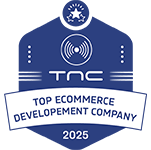As Digital trends evolve every year, Marketers should always be aware of the changes in order to easily adapt to emerging technologies and stay ahead in the market. At the end of every year, we release our big predictions for the future of digital marketing. It’s a great time to reflect on what’s starting to emerge and what we expect to happen across the marketing landscape.
Based on the Digital Marketing trends article that we developed last year, 2018 has been the year of rising augmented reality, video content, voice search, and influence marketing and now we have listed out 10 Digital marketing trends that you can take advantage of to improve your marketing strategy and meet the desired outcome.
Artificial intelligence
Artificial intelligence is considered the cutting edge of technology by many. But in a few years, it may be as standard as smartphones are today. AI is a computer or Robot that can gather facts about a situation through the sensor or through human input. It can then use this information to solve problems or perform tasks.
More specifically, AI is a computer system that can perform a task that normally requires human intelligence. AI has numerous potential applications in marketing. But in 2019, you’ll mostly see AI deployed for content marketing, Custom services, and advertising.
With global leaders like Amazon, Microsoft and Google extending their resources in AI and Machine learning, this trend is not going away anytime soon.
Several industries like food and beverage, eCommerce, life science and healthcare have started using AI. For instance, many food retailers use big data to determine the best delivery times of their products. This is done by gathering data from different sources such as the weather, road traffic and temperature.
In the eCommerce industry, 86% of customers say that personification is an important role in their buying decisions. According to technology experts, AI and machine learning are expected to penetrate various new areas in 2019 affecting jobs like banking, finance, accounting and even intellectual jobs such as teaching.
Voice Search
Voice Search is undoubtedly rising in popularity By 2020, 50% of all Queries will be voice-based according to Com Score. With the improvement in voice recognition, voice searches have been increasingly getting more popular. The smart speaker can be used to order items and control smart devices your home solely through verbal command.
There are mainly two types of voice search: those that are implemented by smart speakers such as Amazon’s Alexa, Apple Home pod, Google Home and Microsoft’s Cortana which give searches immediate voice answer to their questions and those that are installed in desktops, and smartphones such as Siri and Google Assistant which display written search result.
Business should also focus their outreach efforts on using voice engine optimization. Marketers must use a more natural Language SEO to create content accordingly. For instance, in one question, a shopper may request information about time, price Location and other detail which sound heavy for written search queries.
Chatbots
Chatbots have been rising in the few recent years and still persists in 2019. According to Grand View Research, 45% of end-users prefer to use Chatbots as a major means of communication in customer service.
Chatbots are showing up everywhere, from business websites to mobile apps and social media news feeds. They can serve a variety of purposes, but most often they are used to answer simple questions or help a user accomplish a simple task.
Chatbots play a critical role in improving the customer experience and allow marketers to better engage with their audience - without doing much. They offer real-time assistance to the user, dedicated support and proactive interactions where they ask questions to understand the real problem.
Self - Service
Website browsing guidance
Talent recruiting
Knowledge base guidance
Accessibility
Lead qualification
Shopping assistance
But new uses for chatbots are emerging all the time, including;
Chatbots are even available for small businesses. There are plenty of third-party conversational AI platforms businesses can leverage to greet visitors, answer their questions, and move them further towards a purchase.
Omnichannel Marketing
Omnichannel is a term that gets thrown around a lot. But it’s not just a buzzword. The best way to understand omnichannel is to compare it to the term “multichannel”. In a multichannel marketing strategy, you set up various marketing touchpoints that reinforce each other to ease a customer through their buying journey. For instance, prospects can be introduced to your business through Twitter, Facebook ads, or stopping into your brick and mortar store.
Most businesses use Social media, search and email as a marketing channel. Although social media is still the top Digital marketing channel according to 81% of marketers according to a survey by Clutch, customers aren’t just engaging with brands by commenting on Facebook posts.
Smartphone apps
Live broadcasts
Live chat
SMS
PR and Press releases
Offline ads
Direct mail
Offline events
Chatbots and virtual assistants
Podcasts
Ephemeral video (Facebook and Instagram stories)
Some channels you should investigate are:
To implement omnichannel marketing for your business, find a customer relationship management (CRM) program that helps you to keep track of your interaction with customers on different platforms.
Omnichannel is particularly important for consumer-facing businesses. That's because 70% of consumers use three channels or more to research a purchase. An omnichannel strategy is your company’s best way to build a one of kind customer experience for your customers.
Content Personalization
Personalizing or customizing content for audience relies on visitors data in order to deliver relevant content. It consists of showing dynamic landing pages based on specific criteria such as geographic, demographic or behavioural attributes with a highly targeted call to actions for the purpose of converting them more effectively.
Better customer experiences
Increased brand loyalty
More revenue
Cross-channel selling opportunities
Brand consistency
Marketing personalization has numerous benefits:
But personalization is taking on a whole new meaning thanks to marketing automation and other technologies. For example, email personalization will soon go far beyond simply auto-filling a recipient’s first name in the subject line.
In the e-commerce industry, personalized content has a good impact on customers according to e consultancy, 44% of users who have a personalized shopping experience are likely to become a repeated buyer.
Web content Pesonalization
Automated contact segmentation
Advanced email personalization
Personalized video message
Personalized digital advertising
Targeted and triggered emails
Personalized social media messages
Personalized product recommendations
All in all personalisation will be the #1 tool for conversation rate optimization across every marketing channel. Expert to see more of the following:
Those businesses that prioritize creating an individualized experience for their customers will reap the reward.
Video Marketing
Video marketing has been an important tactic for big brands for years. With platforms like Netflix, Youtube, Amazon Prime Video, Facebook life, video is a big trend online that will continue to grow.
One of the biggest hang-ups many businesses have with video marketing is the production aspect. They want their videos to look professional -like they were produced by Hollywood directors.
Traditional content that people had to watch on their TV in the Past is now available through their smartphones at the touch of their fingertips.
How to video
Event videos
Influence interviews
Company culture videos
Webinars
Customer testimonials
Behind the scenes videos
Here some types of marketing videos any business can make in 2019.
According to Cisco, 82% of internet traffic will be through video by 2021 but you don’t have to wait till 2021, you can start taking advantage of the trend now.
These are the types of videos that garner attention and go viral. Instead of selling software, Hub spot has found a way to build a community around its brand. And that type of brand recognition is priceless.
Augmented Reality or Virtual Reality Marketing
Augmented reality ads is one of the major applications that are now used by some marketers. It’s a way to bring static or unreal environments into a more realistic experience, something that would integrate the “offer” with the “Reality” of the buyer.
Using augmented/virtual reality to release your product ensure that there’s no risk on your prospect’s part. Here is a breakdown between the two:
Augmented reality inserts objects into a real-life setting. This allows people to add an item to an environment and see how it will look like when the object is included in it.
Virtual reality creates a completely new environment that an individual can experience and besides using it in games, businesses can also use it for marketing purpose.
For example, IKEA and L’Oreal managed to improve their customer experience with virtual reality by allowing them to visualize their products before buying them. Nivea, Starbucks and Volkswagen are other examples of big brands who succeed in augmented reality.
This trend which is not new is one of the most highlighted trends for 2019. According to Statistic, AR and VR market size worldwide is expected to reach $209.2 billion in only 4 years.
Email Marketing Automation
Email marketing Automation is a way for you to create timely, relevant, personalized emails for individual contacts to be sent when they take a specific action.
Email is still the most efficient way for businesses to reach out to their customers. You can decide which email you want to send, at what time and whom. With email marketing automation, you can deliver the same great experience to your first email subscriber and your 10,000th. It saves you time because you only have to do the work to plan out your email once and the automation keeps it going.
As email marketing is getting smarter, marketers have started to care more about sending emails to subscribers who are active on their lists. For example, if a contact highly engages with your emails, he should be regularly natures with content and updates about your company until he converts into a loyal customer. On the other hand, if a subscriber hasn’t opened an email for a certain period of time, he will be considered as a dormant contact and will no longer receive additional emails. But to send the right email to the right segment, markets need to identify all their leads behaviors.
If the platforms they are using have limitations to classify their audience into different segments based on their behaviors, they can integrate their tools with other applications that allow them to do that. After all, data is determined and different segments are created according to defined criteria, marketers will be able to target their leads more effectively with behavioral-based emails.
Next Generation SEO
Search Engine Optimization or SEO is more important to your business than ever before. This may come as a surprise since SEO no longer grabs the kind of hot-topic headlines it did a few years ago. But like the internet itself, search engine technology has evolved at a remarkable rate.
In July of 2018, Google rolled out its “Page Speed” update. This is just one in a long line of search algorithm updates that have kept digital marketers on their toes. In addition to Google’s updated algorithms, the way people search has also changed. More people are using mobile phones to search than ever before. For many people, their smartphone is their most important tool for getting online.
Local search and image search have also become important factors for marketers to consider. 30% of all mobile searches are related to location and 46% of all Google searches are local. Businesses that cater to a local customer base should focus extensively on their local SEO strategy in 2019.
According to one 2017 report, 27% of all searches across the 10 major search sites were for images.
Optimize for local search
Use a sitemap
Focus on video
Use schema markup
Prioritize an easy user experience
Optimize every page for load speed
Implement a white hat back linking strategy
Create pages with the user in mind, not the search engine
To optimize for search in search in 2019. Businesses should do the following:
Browser Push Notification
Web push notification is messages that come from the website. You get them on your desktop or device even when the concerned web page is not open in your browser. They are brand new marketing channel to re-engage your visitors without knowing their email or other contact details.
Push notifications are moving into the realm of web browser technology and are one of the most popular web development trends for 2019.
Companies use browser push notifications to reach their leads more effectively and communicate with their audience in a more powerful way.
Another major role such notifications play is retaining customers and improving conversion rates. E-commerce companies, for example, use browser push to retarget their shoppers who abandoned their shopping carts and entice them to complete their purchases.
